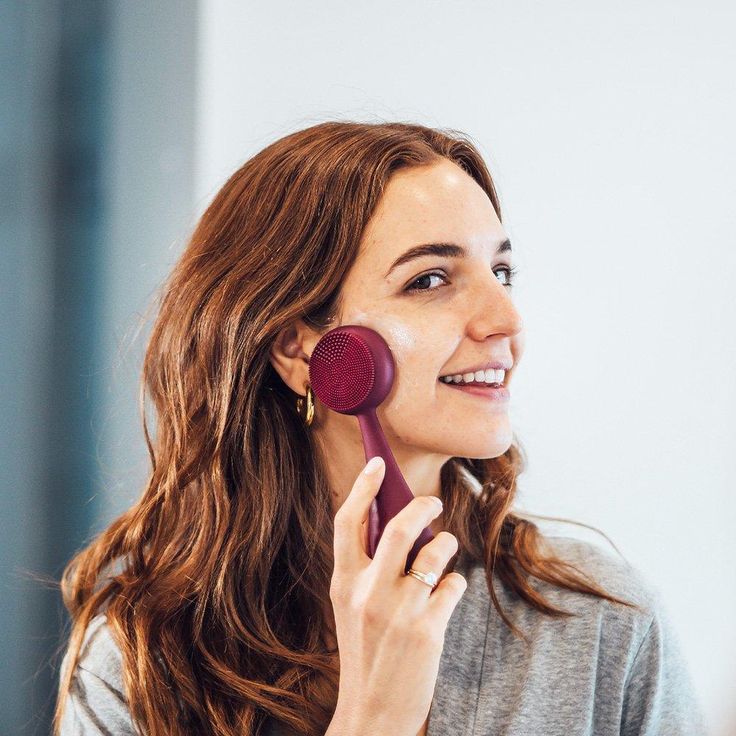
Aging Tools And Technology Let me tell you about my Aunt Rita. Eighty-seven years old, she lives alone and walks her terrier, a spunky little furball named Sparky, every morning. What is her trick? She says it’s “a stubborn refusal to stop moving,” Sudoku, and green tea. Though it might sound antiquated, science really backs her. Daily habits like drinking polyphenol-rich green tea, being mentally involved, and getting regular physical activity are now recognized as key factors in living not only longer but also better.
Having spent the better part of two decades studying molecular aging, I, a scientist, am here to tell you this, Longevity is not about cryogenic chambers or miraculous medications. It’s about the scientifically supported, logical choices we make daily that protect our freedom and lengthen our health span the period of life where we are not simply alive but flourishing.
Grab some tea, put your feet up (bonus points if they’re in compression socks), and let’s look at the actual tools, technologies, and advice allowing us to age with elegance, brains, and biceps intact.
Beginning with the obvious: movement is medicine. You might have heard that already, but do you really know how far this rabbit hole goes?
Exercise is more than just burning off that extra slice of birthday cake or toning muscles. Among the most powerful anti-aging tools we have is physical activity, especially resistance training and walking. Research shows that regular exercise improves mitochondrial function (the power plants of your cells), postpones telomere shortening (the biological clock at the end of our chromosomes), and supports brain health.
What is even more exciting? You don’t need to deadlift like The Rock. Studies show that daily quick walking for thirty minutes can reduce dementia risk by more than 60%. Include two weekly sessions of moderate strength training in that combination to produce a potent lifetime cocktail.
Pro Tip: Think about including “exercise snacking” into your day; quick bursts of action like calf raises at the kitchen counter or squats while brushing your teeth.
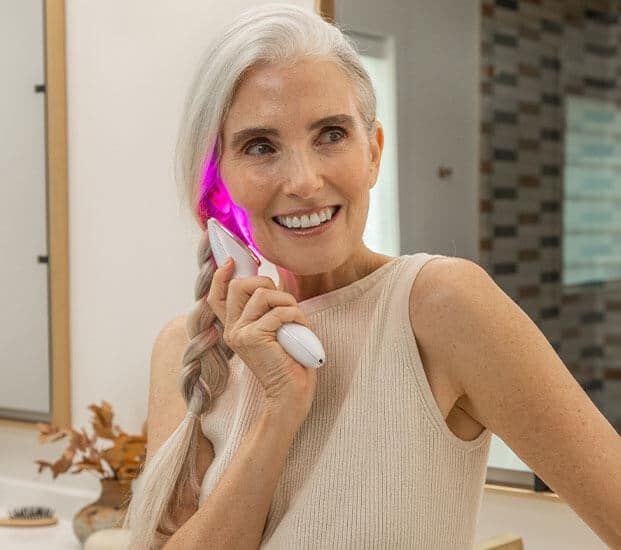
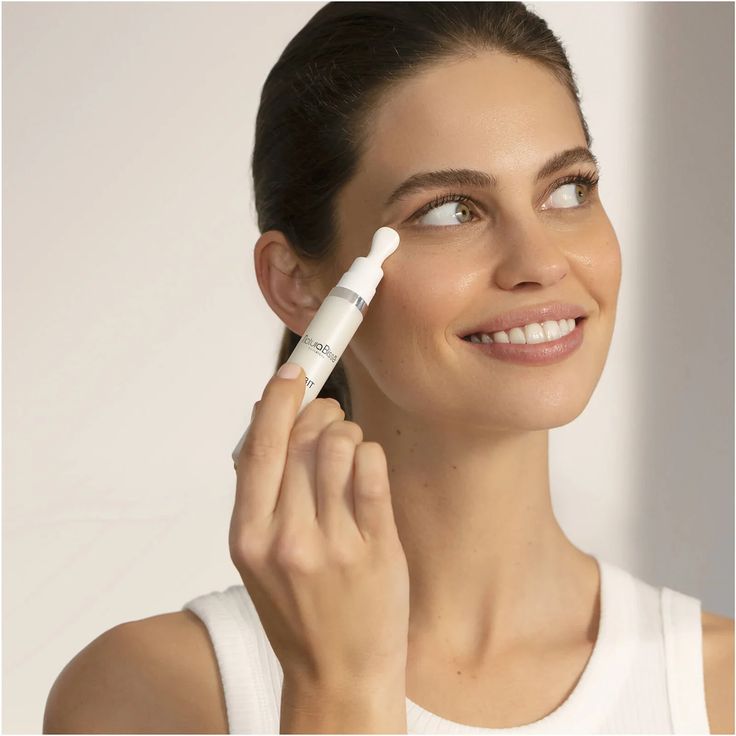
Though let’s be straightforward (pun intended), I could go full biochem nerd here and wax poetry on NAD+, AMPK, and mTOR pathways.The optimal diets for a lifetime are high in plants, low in processed foods, and quality-oriented rather than quantity-oriented. Think about eating like Mediterranean, Okinawan, or Blue Zones. These are scientifically backed patterns observed in populations that routinely live over 100, not fad diets.
Key ingredients?
Caloric restriction or intermittent fasting also attracts great attention—and for good reason. Smart, sustainable food intake limitations activate longevity genes and reduce overall inflammation.
Replace one animal-based meal each day with a plant-based option, such as lentil stew or a chickpea salad. Your cells, and your colon, will value it.
Aging Tools And Technology, You know the saying, “Use it or lose it”? Your brain also fits that description.
Neuroplasticity, or the brain’s ability to change itself, is not just for kids. Older folks can keep learning, changing, and even generating new neurons—a process called neurogenesis, especially in the hippocampus, the area responsible for memory.
Wanting to keep your mental edge into your 80s and beyond? Participate in activities pushing your limits. Learn a new language.
Begin playing chess. Pick up a musical instrument. On the other hand, try spinning your dominant hand while brushing your teeth; this will encourage your brain to change.
Social connection even counts. Brain health depends on regular social participation, as loneliness is a known risk factor for cognitive decline.
Brain-training apps like Lumosity, Peak, or Elevate offer well-planned, enjoyable events meant for memory, attention, and processing speed.
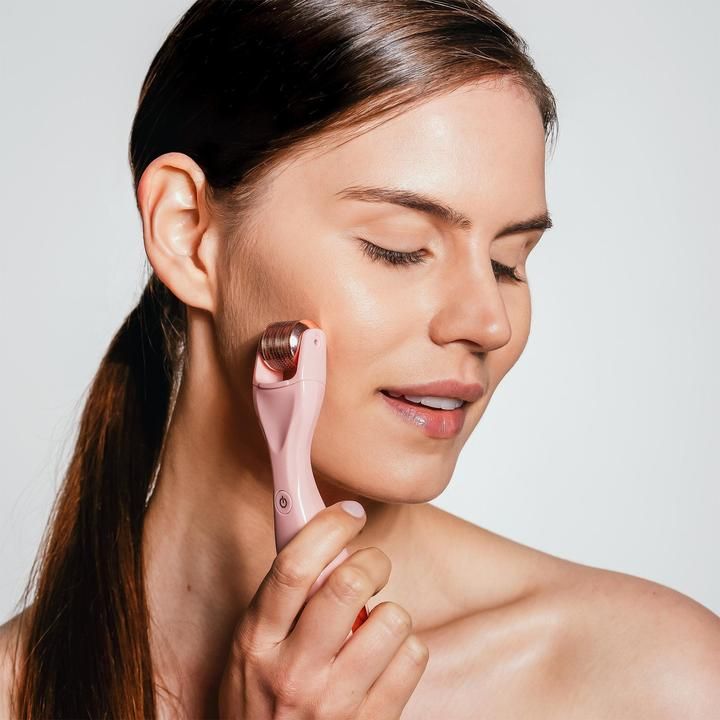
Aging Tools And Technology Okay, now let’s get a little techy, don’t worry, I promise this won’t require a PhD in computer science. From wearables to robotic vacuum cleaners, technology is changing the aging game.
Among The Features Of The Independence Toolbox
If you’re helping a grandparent or parent age in situ, Pro tip: start small. Installing voice-activated reminders or automatic lighting can even greatly alter events.
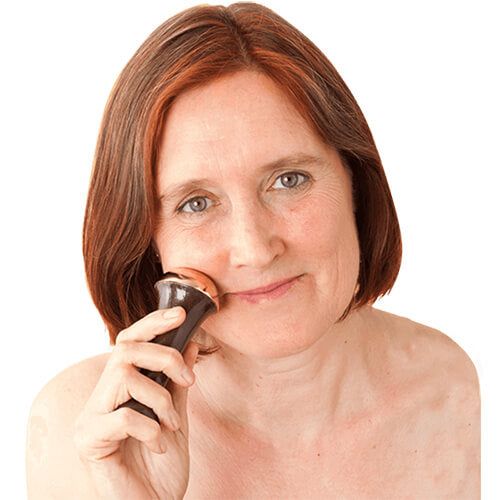
Interesting fact: Your brain eliminates waste while you sleep.
Aging Tools And Technology, Connected to Alzheimer’s disease, the glymphatic system, yes, that is a real word, removes beta-amyloid among other neurotoxins during deep sleep. Chronic sleep deprivation not only makes you cranky; it also lowers your telomeres, increases inflammation, and impairs memory.
Aiming for 7–9 hours of quality sleep every night is vitally essential. That asks for a consistent schedule, no late-night caffeine, and screen shutdown one hour before sleep.
Pro Tip: To find your routines and modify them as required, use a sleep tracker, like Oura Ring or a basic Fitbit. And no doom-scrolling TikHub in bed, please. Rest is also needed for your mitochondria.
Ah yes, the billion-dollar question. Do vitamins for anti-aging really work?
The response, some do, some don’t; context is really important. Let us look at a few that genuinely have scientific backing (but please see your doctor first!).
Pro Tip: To get the most nutrients, stress whole foods. Then, rather than just TikTok trends, test and change based on real shortfalls.
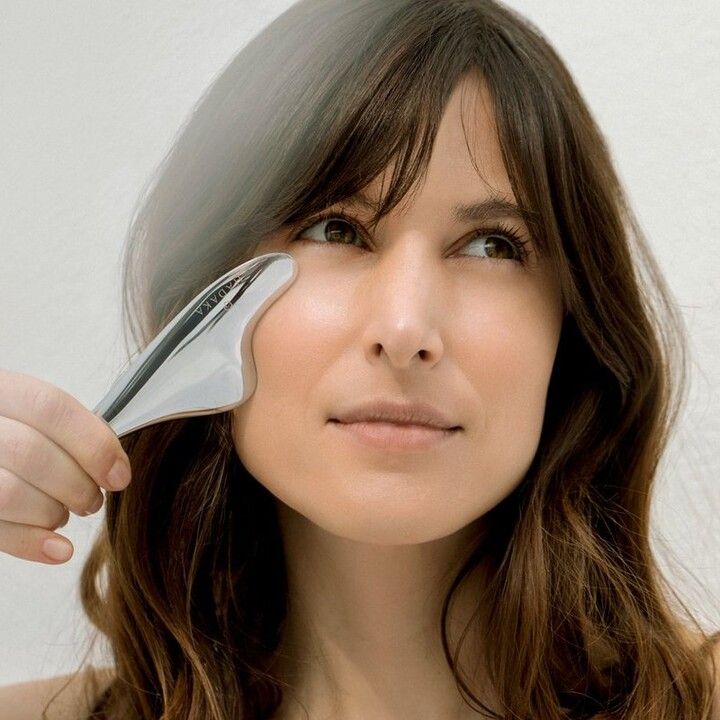

Aging is more like a long, meandering ascent than a steep drop. Certainly, there are bumps on the route, but with the right tools, mindsets, and approach, it’s a path you can walk with power, ambition, and independence.
Whether your choices mean trading your afternoon cookie for a handful of walnuts, doing a few wall push ups, learning to use a smartwatch, or consenting to a weekly bridge session, they compound.
Remember my Aunt Rita and Sparky. Every step she takes is a vote for a longer, better life. You can also vote that way, one choice, one walk, one vegetable at a time.
So here’s to aging like a fine wine with science, support, and a dash of sass.